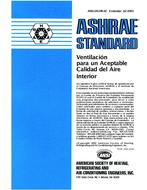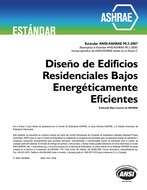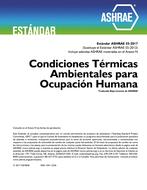Description
Public domain building load calculation and energy analysis programs developed along two major paths with respect to calculating air conditioning loads. One approach used the so-called weighting factor method, which calculates instantaneous space energy gains and then smears them out over time using weighting factors. The other approach relied on a surface-by-surface heat balance. In this scheme, a radiative, conductive, and convective heat balance is done on each room surface (both inside and outside). The air conditioning load is determined by computing how much energy is convected into the room air from surfaces, lights, people, and equipment. Both methods have advantages and disadvantages, especially with respect to the connection between air conditioning load calculation and system performance simulation. For example, room-temperature weighting factors allow for the effect of system performance on air conditioning loads (i.e., insufficient cooling capacity) to be estimated. When the heat balance method is used, the relationship between heat removal capacity and room temperature must be specified during load calculation. Contrasts the weighting factor and heat balance methods, focusing on the assumption in each method, the limitations of each, and how each method evolved in public domain software. New alternatives are presented.
KEYWORDS: year 1995, computer programs, buildings, energy consumption, cooling load, heat load, air conditioning, USA, calculating, models
Citation: Symposium, ASHRAE Trans. 1995, Vol.101, Part 1, Paper number CH-95-1-1, 525-527
Product Details
- Published:
- 1995
- File Size:
- 1 file , 850 KB
- Product Code(s):
- D-16864




